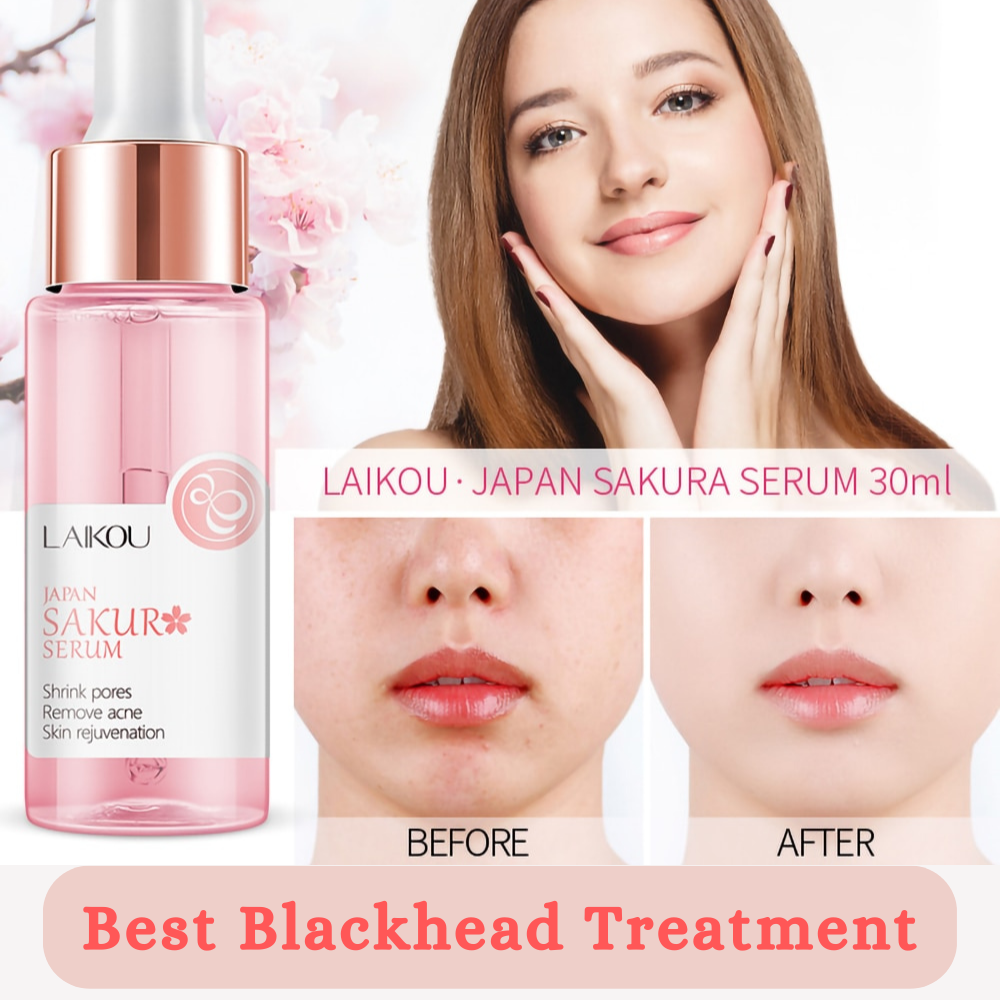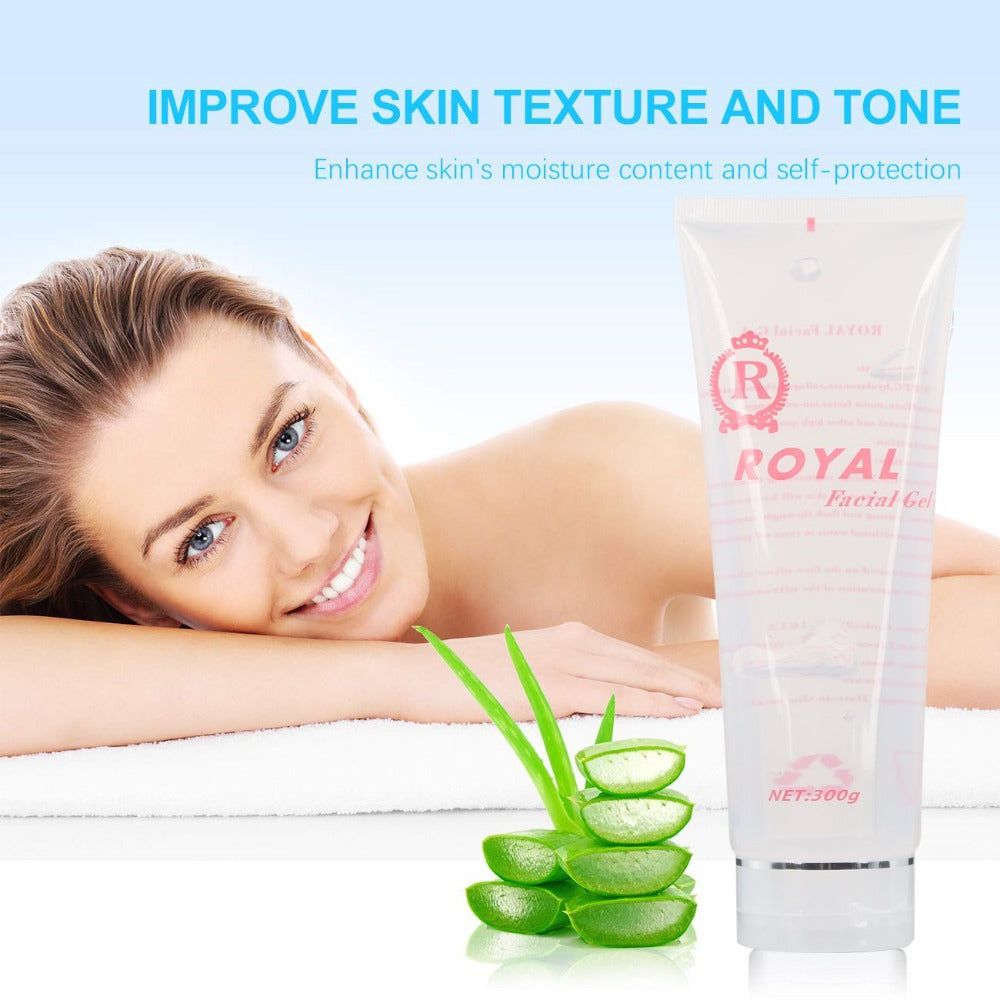What is Acne?
Acne is a common skin condition that occurs when hair follicles become clogged with oil and dead skin cells, leading to the formation of pimples, blackheads, whiteheads, or cysts. It is most commonly found on the face, neck, chest, back, and shoulders, but can appear anywhere on the body. Acne affects people of all ages, but is most prevalent during puberty and adolescence.
Acne can have a significant impact on a person’s physical appearance and self-esteem. It can cause scarring, hyperpigmentation, and psychological distress, and can interfere with daily activities such as work, school, and socializing.
Understanding the causes, symptoms, and types of acne is crucial for effective treatment and management of the condition. With the right knowledge, individuals can take steps to prevent and manage acne, and ultimately improve their overall well-being. In this blog, we will delve into the details of acne to provide you with a comprehensive understanding of this common skin condition.
Wha are the Known Major Causes of Acne?
Hormonal factors
- Androgens: Hormones such as testosterone, which are present in both males and females, can stimulate the production of sebum, an oily substance that clogs pores and leads to acne.
- Menstrual cycle: Hormonal fluctuations during the menstrual cycle can cause breakouts in some women.
- Pregnancy: Hormonal changes during pregnancy can also lead to acne.
Genetics
- Studies have shown that genetics can play a role in the development of acne.
- If your parents or siblings had acne, you may be more likely to develop it as well.
Environmental factors
- Exposure to pollution, dust, and other environmental pollutants can clog pores and lead to acne.
- Hot and humid weather can increase sebum production and promote acne.
Dietary factors
- Some studies suggest that certain foods, such as dairy, high-glycemic index foods, and chocolate, can contribute to the development of acne.
- However, more research is needed to fully understand the link between diet and acne.
It is important to note that while these factors can contribute to the development of acne, they do not necessarily cause it. The exact cause of acne is still not fully understood, and a combination of factors is likely at play. Full knowledge the causes of acne can help you take steps to prevent and manage breakouts.
Understanding the Comon Symptoms of Acne
Understanding the different symptoms of acne, severity levels, and affected Areas ca not be underesmaed Acne presents itself in various ways, depending on the severity and type of lesion. In this section, we will delve into the symptoms of acne, including the different types of lesions, severity levels, and affected areas.
Types of Lesions
Acne lesions can be categorized into two main types: non-inflammatory and inflammatory. Non-inflammatory lesions include blackheads and whiteheads, while inflammatory lesions include papules, pustules, nodules, and cysts.
- Blackheads: Also known as open comedones, blackheads occur when a hair follicle becomes clogged with oil and dead skin cells, causing a black or dark appearance due to the oxidation of melanin.
- Whiteheads: Also known as closed comedones, whiteheads are similar to blackheads but have a white appearance due to the buildup of trapped sebum and dead skin cells.
- Papules: These are small, inflamed bumps that are typically red or pink in color and do not contain pus.
- Pustules: Similar to papules, pustules are inflamed bumps that contain pus.
- Nodules: These are large, painful bumps that form deep beneath the skin’s surface.
- Cysts: These are large, pus-filled bumps that can be painful and may cause scarring.
Severity Levels
Acne can be classified into four severity levels: mild, moderate, severe, and very severe. The severity of acne depends on the number and type of lesions present, as well as their location.
- Mild acne: This typically consists of whiteheads and blackheads and may be limited to a small area.
- Moderate acne: This includes a mix of non-inflammatory and inflammatory lesions and may be more widespread.
- Severe acne: This includes a large number of inflammatory lesions, including nodules and cysts, and may cover a large area.
- Very severe acne: This is the most severe form of acne and is characterized by a large number of deep, painful cysts and nodules.
Affected Areas
Acne can occur anywhere on the body, but is most commonly found on the face, neck, chest, back, and shoulders. The location of acne can provide clues as to the underlying cause of the condition.
Understanding the different types of lesions, severity levels, and affected areas of acne can help individuals identify and manage their condition effectively. It is important to seek professional help for severe or persistent acne to prevent scarring and other complications.
What Are The Types of Acne?
As already establshed, acne is a common skin condition that can manifest in various forms. So understanding the different types of acne can help individuals identify and treat their condition effectively. In this section, we will delve into the two main categories of acne: non-inflammatory and inflammatory.
Non-Inflammatory Acne
Non-inflammatory acne is characterized by the presence of blackheads and whiteheads. These types of acne lesions do not typically cause pain or inflammation and are usually less severe than inflammatory acne.
Blackheads: Also known as open comedones, blackheads occur when hair follicles become clogged with oil and dead skin cells. The trapped material oxidizes and turns black, giving blackheads their characteristic appearance.
Whiteheads: Also known as closed comedones, whiteheads occur when hair follicles become clogged with oil and dead skin cells, but do not oxidize like blackheads. Whiteheads appear as small white or skin-colored bumps on the skin.
Inflammatory Acne
Inflammatory acne is characterized by the presence of papules, pustules, nodules, and cysts. These types of acne lesions are more severe than non-inflammatory acne and can cause pain, redness, and inflammation.
Papules: Papules are small, raised, and red bumps that do not contain pus. They can be tender to the touch and may cause discomfort.
Pustules: Pustules are similar to papules, but contain pus. They appear as small, raised bumps with a white or yellow center.
Nodules: Nodules are larger and deeper than papules and pustules. They appear as large, painful bumps beneath the skin’s surface and can cause scarring.
Cysts: Cysts are the most severe form of acne and occur when hair follicles become clogged and infected with bacteria. They appear as large, painful bumps filled with pus and can cause scarring.
Understanding the different types of acne is essential for proper diagnosis and treatment. While non-inflammatory acne can often be managed with over-the-counter treatments, inflammatory acne may require prescription medications and professional care. It is important to consult with a healthcare professional for severe or persistent acne to prevent scarring and other complications.
Risk Factors for Acne:
Understanding the Factors That Increase the Likelihood of Acne Development is very important, Acne is a prevalent skin condition that affects people of all ages and backgrounds. However, some individuals may be more susceptible to developing acne than others. In this section, we will discuss some of the risk factors associated with acne development.
Age
Acne can occur at any age, but it is most commonly associated with puberty. During puberty, hormonal changes can cause an increase in sebum production, leading to the development of acne. However, acne can also occur in adulthood, especially in women due to hormonal fluctuations during the menstrual cycle, pregnancy, or menopause.
Gender
Gender can also play a role in acne development. Men tend to have more severe acne and are more likely to develop acne scars. This is due to the higher levels of androgens (male hormones) that stimulate sebum production. Women are more likely to develop acne around hormonal changes, such as during the menstrual cycle, pregnancy, or menopause.
Skin Type
Individuals with oily skin are more likely to develop acne as their skin produces excess sebum, which can clog pores and lead to the development of acne. People with dry skin may also be susceptible to acne as their skin may overproduce oil to compensate for the lack of moisture, leading to clogged pores.
Lifestyle
Lifestyle factors such as diet, stress, and hygiene practices can also impact acne development. High-glycemic diets, which include sugary and processed foods, can increase the production of insulin and androgens, leading to increased sebum production and acne development.
Stress can also contribute to acne development by triggering hormonal changes that increase sebum production. Poor hygiene practices, such as not washing one’s face regularly or wearing dirty clothing, can also increase the likelihood of acne development.
Diagnosis of Acne:
How Healthcare Professionals Identify Acne
Acne can be diagnosed by a healthcare professional through a physical examination, skin analysis, and medical history review. In this section, we will discuss these methods in more detail.
Physical examination
During a physical examination, a healthcare professional will examine the skin for the presence of acne lesions. They will look for blackheads, whiteheads, papules, pustules, nodules, and cysts, as well as any signs of scarring. They may also check for other skin conditions that can mimic acne, such as rosacea or folliculitis.
Skin analysis
A skin analysis can be done using various tools, in understanding acne, such as a Wood’s lamp or a dermatoscope, to examine the skin in more detail. This can help identify the severity of the acne and the presence of any scarring or hyperpigmentation. The healthcare professional may also assess the skin type and oiliness, as this can impact acne development.
Medical history
A medical history review can provide insight into the possible causes of acne. The healthcare professional may ask about the patient’s age, gender, family history of acne, and any medications or supplements they are taking.
They may also inquire about the patient’s diet, stress levels, and hygiene practices to determine if any lifestyle factors may be contributing to acne development.
Treatment of Acne
Various Options to Manage Acne
Acne can be a frustrating and persistent skin condition. Luckily, there are many effective treatments available to help manage acne. In this section, we will discuss some of the most common treatment options for acne.
Topical treatments
Topical treatments are applied directly to the skin and can help manage acne by reducing oil production, unclogging pores, and reducing inflammation. Examples of topical treatments include benzoyl peroxide, salicylic acid, retinoids, and antibiotics. These treatments are available over-the-counter or by prescription and can be used alone or in combination with other treatments.
Oral medications
Oral medications are typically prescribed for moderate to severe acne and work by reducing inflammation and sebum production. Examples of oral medications include antibiotics, hormonal therapy, and isotretinoin. These medications may have side effects and should only be taken under the supervision of a healthcare professional.
Procedures
Procedures can be used to manage acne that is not responding to other treatments or for the treatment of acne scars.
Examples of procedures include chemical peels, microdermabrasion, and laser therapy. These treatments should only be performed by a licensed healthcare professional.
Home remedies
Some people may choose to use home remedies to manage their acne. These remedies include tea tree oil, honey, and aloe vera. While these remedies may have some anti-inflammatory properties, they are not clinically proven to effectively manage acne and should not be used as a substitute for medical treatment.
Prevention of Acne
While acne can be treated, it is always better to prevent its development in the first place. In this section, we will discuss some ways to prevent acne.
Skin care routine
Establishing a daily skin care routine can help prevent the development of acne. This routine should include cleansing the skin with a gentle cleanser, moisturizing, and protecting the skin from the sun with sunscreen. It is important to avoid using harsh scrubs or cleansers that can irritate the skin and worsen acne.
Dietary changes
Dietary changes can also help prevent acne development. Some studies have found that a diet high in processed foods, refined sugars, and dairy products can increase the risk of acne. On the other hand, a diet rich in fruits, vegetables, whole grains, and lean proteins may reduce the risk of acne.
Lifestyle modifications
Lifestyle modifications can also help prevent the development of acne. This includes getting enough sleep, reducing stress, and avoiding smoking and excessive alcohol consumption. It is also important to avoid touching the face or picking at acne lesions, as this can spread bacteria and worsen acne.
preventing the development of acne involves establishing a daily skin care routine, making dietary changes, and adopting a healthy lifestyle. These preventative measures can help reduce the risk of acne and promote overall skin health. However, if you do develop acne, it is important to seek medical treatment to prevent scarring and other complications.
Conclusion
Acne is a common skin condition that can be both physically and emotionally distressing. In this article, we discussed the causes, symptoms, types, risk factors, diagnosis, treatment, and prevention of acne. Some of the key points we covered included the different types of acne lesions, such as blackheads, whiteheads, papules, pustules, nodules, and cysts.
We also discussed the importance of seeking professional help for acne treatment, as there are many effective options available, including topical treatments, oral medications, procedures, and home remedies. Additionally, we emphasized the importance of preventative measures, such as establishing a daily skin care routine, making dietary changes, and adopting a healthy lifestyle.
It is important to remember that every individual’s skin is unique, and what works for one person may not work for another. Therefore, it is important to seek professional help from a dermatologist or healthcare provider to determine the best course of treatment for your specific needs.












